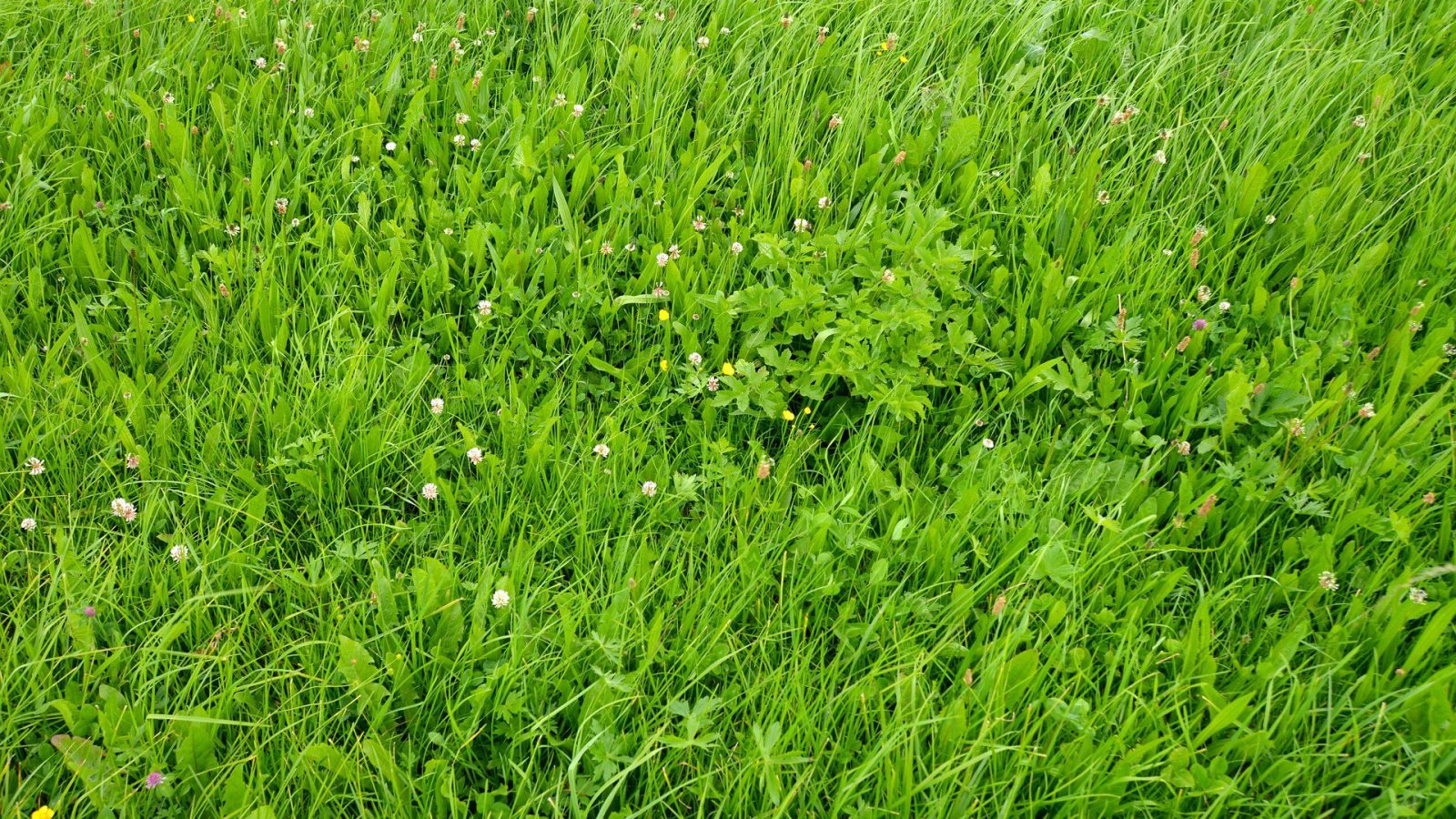Bijeenkomst: EGF2015 Auteur: Müller J. and Jänicke H. ISBN: 978-9090-289-61-8 Jaar van uitgifte: 2015 Producttype: Paper High merit cows (>10.000 l cow‑1 year‑1) are usually fed rations high in carbohydrates and low in fibre. In these diets the percentage of silage made from permanent grasslands is low, due to their limited energy contents. As a …
High productivity on Nardus stricta L. grasslands from the Carpathian Mountains of Romania
Bijeenkomst: EGF2015 Auteur: Vintu V., Samuil C., Saghin G. and Stavarache M. ISBN: 978-9090-289-61-8 Jaar van uitgifte: 2015 Producttype: Paper In the mountainous region of Romania about 200,000 ha is covered by grassland, which is mainly dominated by Nardus stricta L. We have studied the influence of mineral fertilization on productivity, canopy composition and forage …
High productivity on Nardus stricta L. grasslands from the Carpathian Mountains of RomaniaRead More
